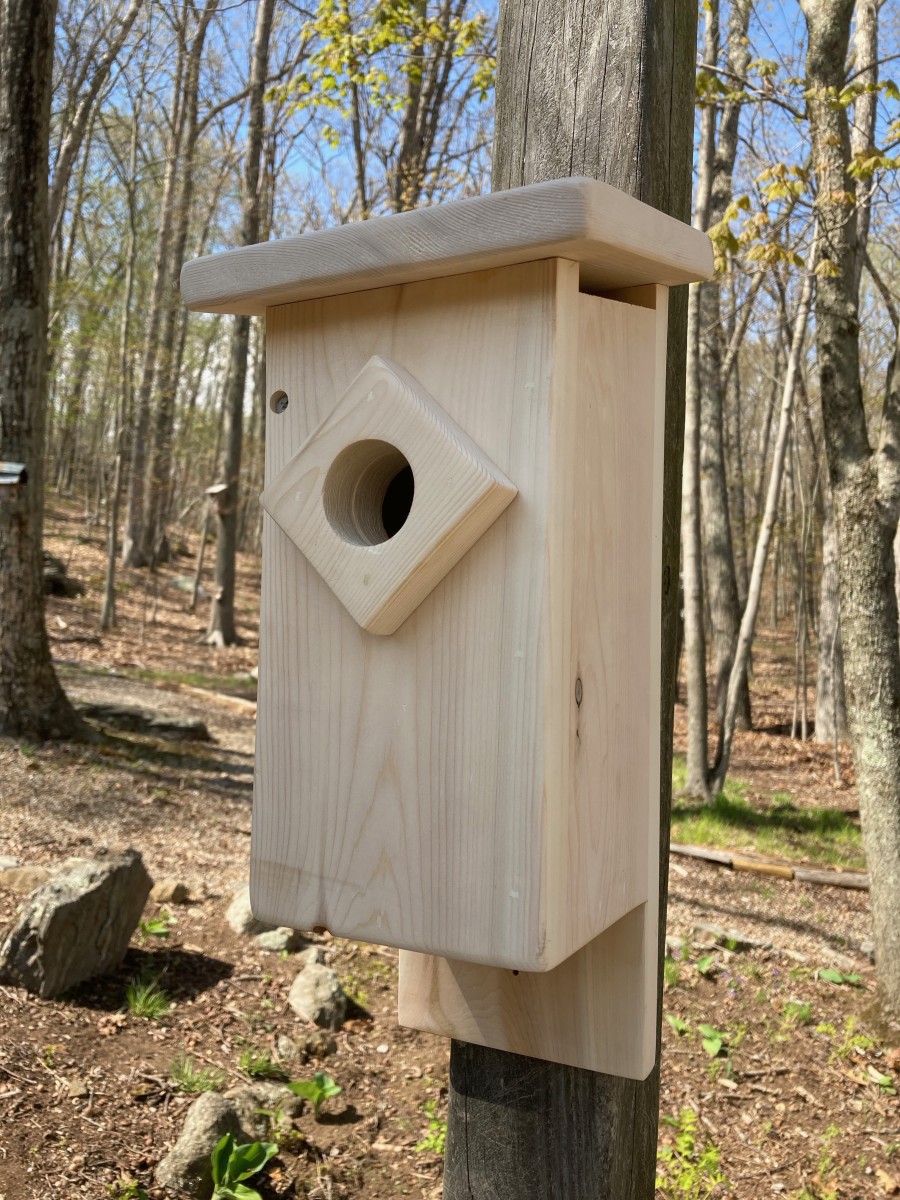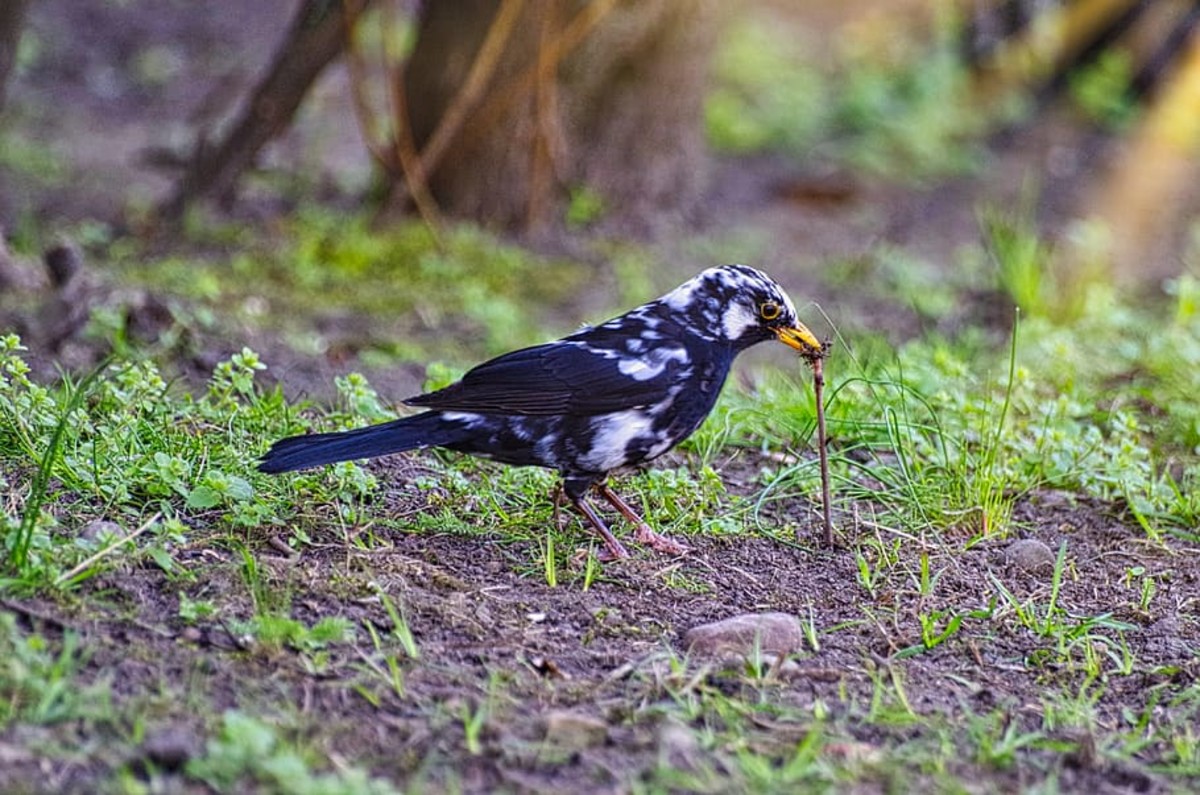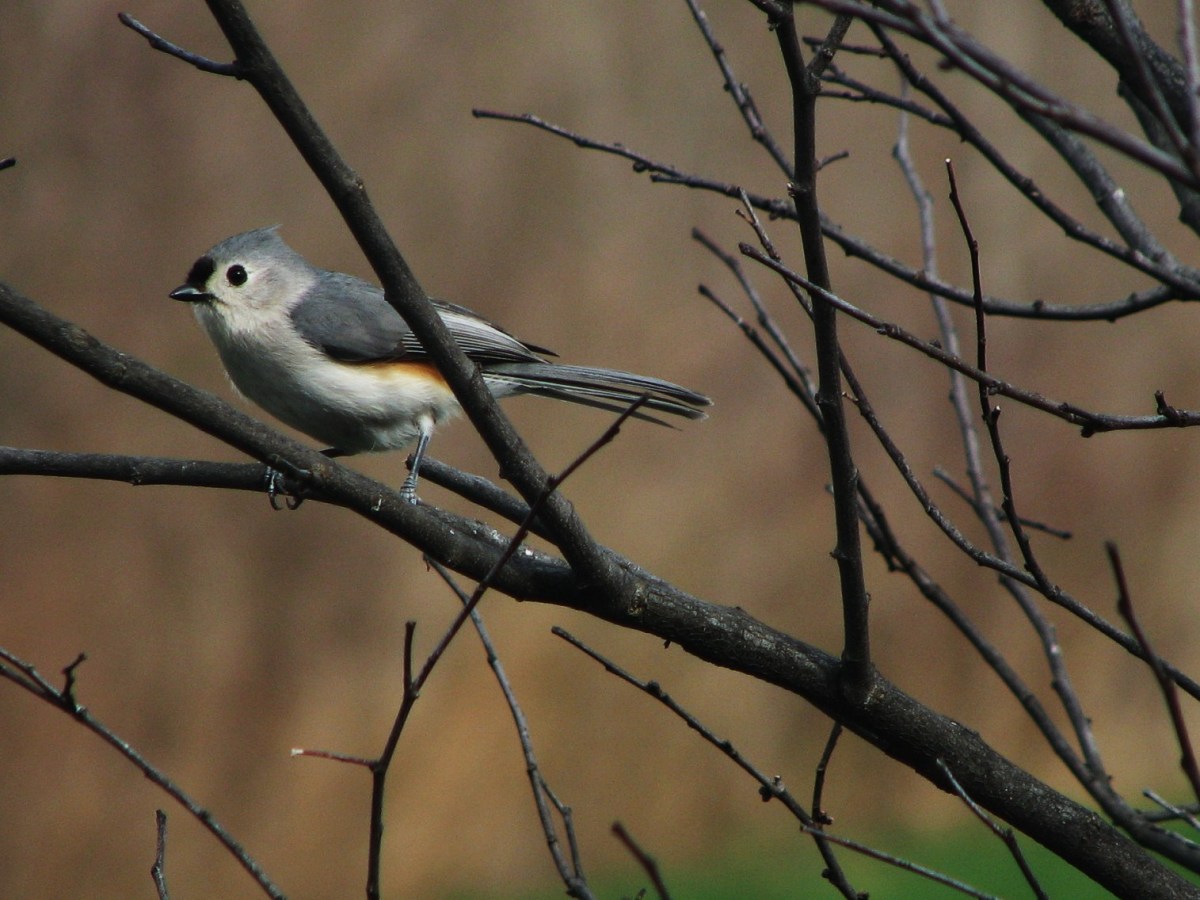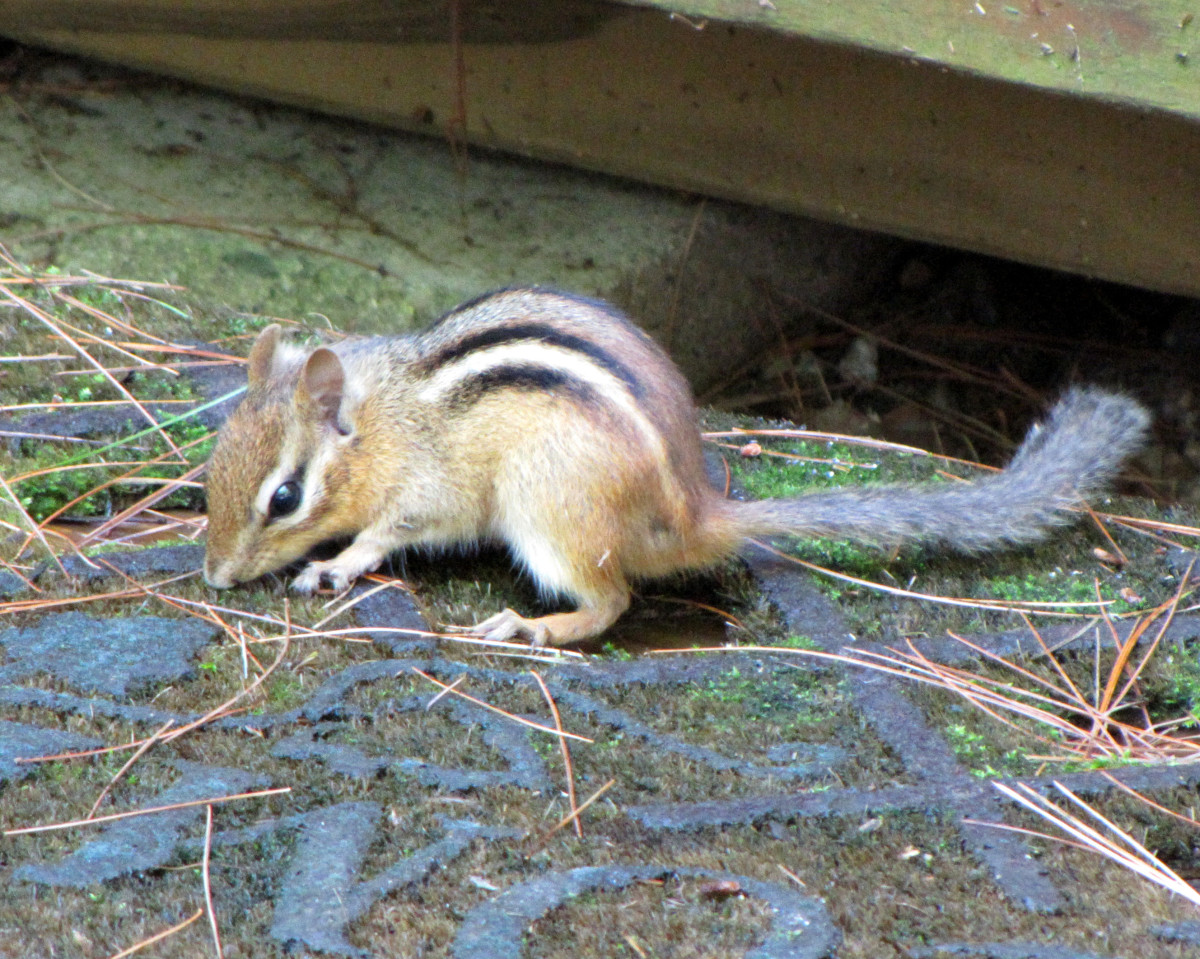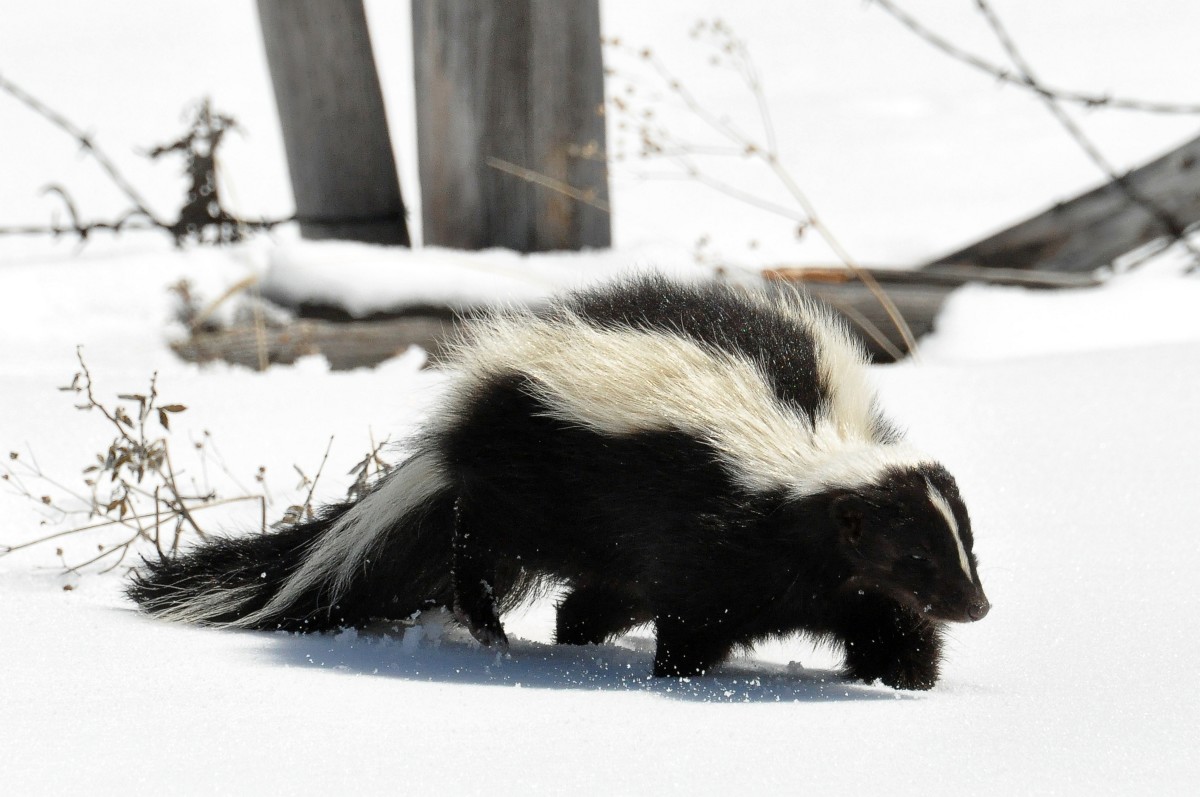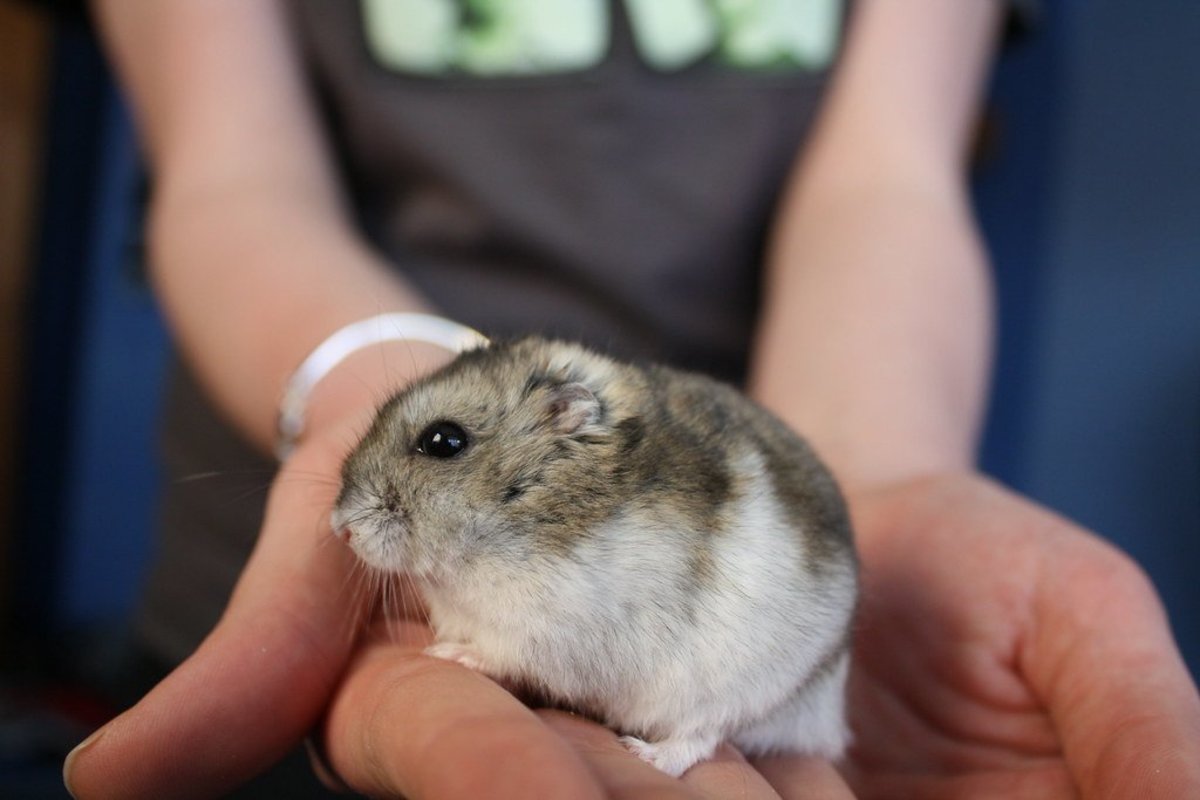My Pesky Gophers
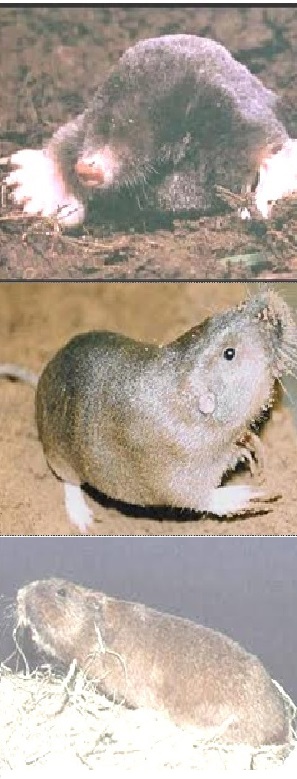
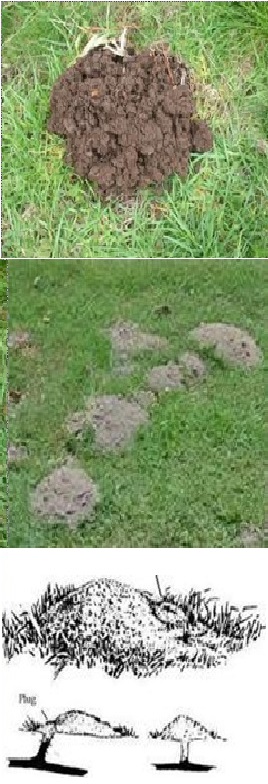
Dirt Mounds
The first thing I noticed was a couple of fresh earth mounds on the ground. When I removed the dirt, I found no hole in the ground to explain where the extra soil came from. After a day or two, more dirt mounds popped up in the vicinity. After searching the Internet, it became apparent that they were the work of either moles or gophers. I followed the online instructions to dig around or underneath the mound to finally succeed in exposing the approximately 3-inch hole and the tunnel behind it.
Water
First, I tried to flush or drown the critter by pouring water into the hole with the garden hose. Within seconds, the hole was overflowing but nothing happened. Then, I let the water to flow into the hole slowly. This time there was no overflow and the water seemed to have disappeared into a bottomless pit. Next day, more dirt mounds appeared elsewhere.

Gas
The online information mentioned about using gaseous smoke to suffocate the critter. So, I went to the local building and garden supply store to check out what was available. I bought a package of Revenge Smoke Bomb costing $5.99. There were 4 cartridges, each with a short fuse at one end. When lighted with a match, the fuse would ignite and initiate the emission of a suffocating smoke for 5 seconds. After I lighted the fuse, it gave me several seconds to insert the cartridge into the tunnel and sealed the entrance with soil. Next day, as I reopened the hole, I found that the tunnel had been plugged and the burnt cartridge was buried amongst the soil. There was no way to tell how effective the smoke had on the critter. In the following weeks, more dirt mounds popped up all over the yard. I had used 3 packages of Revenge Smoke Bomb and one package of Giant Destroyer. By then, I was convinced that I was fighting a losing battle against the ground infestation.
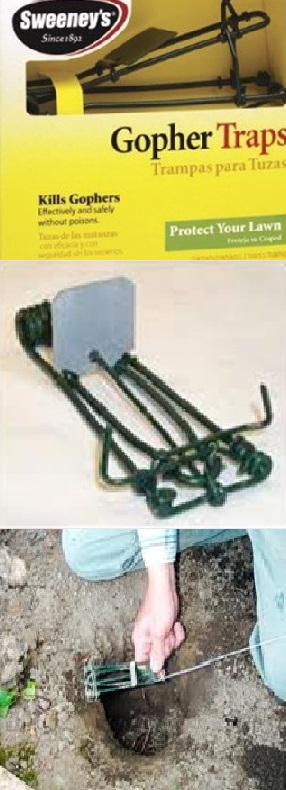
Trap
The online information also mentioned about a mechanical device to be placed at the entrance of the hole. I bought a package containing two traps costing $12.99. The trap is simple in construction and easy to setup. No bait is required. It works on the condition that as the device is positioned in the path of the tunnel when the critter has to walk over and through it, the trap is triggered to close a spring-loaded pincer that will puncture and grab the critter’s rear body.
I set the traps at the entrance of two holes. Next day, I found that both holes were plugged with the traps triggered but no critter. I decided to visit a local park that I remembered seeing hundreds of dirt mounds spreading over a vast grass field. I located the maintenance crews and asked them about the infestation. They said that since it was a public area, the usage of the gaseous smoke was prohibited. Instead, they used the same mechanical traps with great results. Over the years, they had caught and killed hundreds of gophers. They emphasized that it was important to prepare the entrance to the tunnel with sufficient clearance and position the trap in a straight path that the critter had to crawl through.
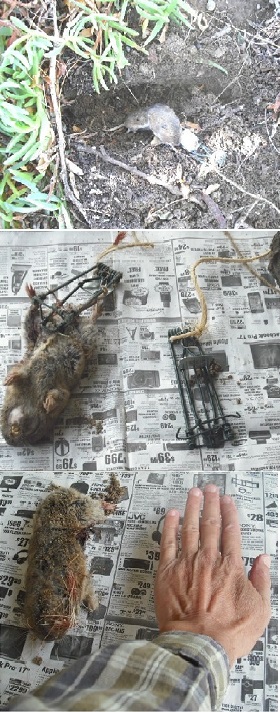
Result
After I got home, I followed the suggestions and set the two traps. Next day, to my surprise and delight, after I pulled out one of the trap through a pile of soil, I found a hand-size gopher latched by the trap’s pincer. It was already dead apparently after a night’s struggle to get itself free. In the days that followed, I caught 4 additional gophers of varying sizes. The dirt mound had stopped popping up.
Consideration
I feel bad about eradicating a colony of gophers from my backyard. I admire their hard working life of digging tunnels under the ground and searching for nourishments night after night. I wish I can co-exist with them. But, the way the gophers go about their business, my hilly backyard will be filled with holes on the surface and tunnels crisscrossing underneath. Their impact on my property is comparable to that of the household termites. In the wilderness, I can see their functions and purposes – loosening up and fertilizing the ground to facilitate plant growth and serving as a member of the food-chain in the ecosystem.
Critters like the gopher are not the only causality of urbanization. It is common place to hear or watch reports of bears, mountain lions, deer, coyotes, etc., venturing into the neighborhood searching for food. Some of them have to be killed or relocated when their presences pose danger to the community. As their habitats are shrinking, their numbers are also in decline and facing extinction. Most of the animals will one day only survive in the zoos or on reservation land under the protection of the local government.

